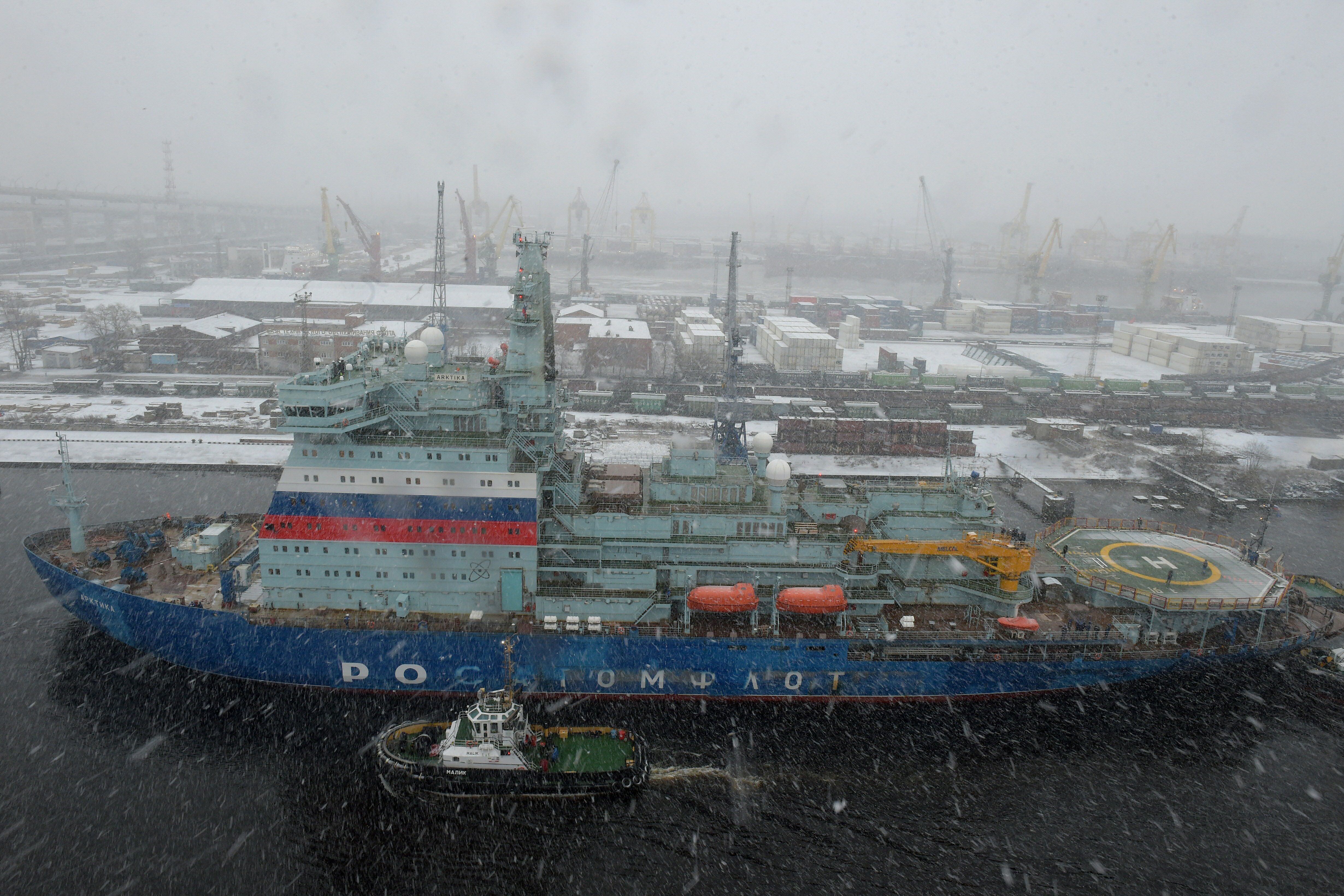The NATO alliance survived four years of U.S. President Donald Trump due largely to strong congressional support and clever leadership by Secretary General Jens Stoltenberg. After the bell ringing and fireworks end in European capitals to welcome President-elect Joe Biden, the alliance will need to realize that it can not go back to business as usual. The world has moved on during those four years and the alliance will need to continue to rejuvenate in order to remain relevant.
That rejuvenation process will be enshrined in a new Strategic Concept, which should emerge over the next year or so. Stoltenberg already has a so-called reflection process underway designed to identify key areas where change is needed. Biden’s foreign policy team will now weigh in.
NATO’s rejuvenation might unfold under what we call the “Four Cs.” We should want an alliance that is more coherent, more capable, more comprehensive in scope and with a more co-equal balance of contributions to the common defense.
The return of Joe Biden alone will contribute to NATO’s coherence, and reverse poisonous trans-Atlantic political relations. But the problem is deeper.
Threat perceptions differ markedly across the alliance. There is broad lack of confidence in commitments to the North Atlantic Treaty, including its mutual defense Article V. There is democratic backsliding among several NATO members. Allies are facing off against each other in the Eastern Mediterranean. There are differing attitudes about Russian behavior around the Black and Baltic sea. There are differences about the endgame in Afghanistan. And there are uncertainties of how the alliance should address China’s growing security role in Europe and the global commons.
The new Strategic Concept will need to enhance coherence by reaffirming common democratic values and recommitting to the common defense. This will be the most important element of a new Strategic Concept. A review of the Strategic Concept can provide a process through which allies can assess mechanisms to uphold their mutual commitment to strengthen their free institutions, avoid straying from agreed democratic practices and prevent allies from confronting each other militarily.
Second, the alliance needs to continue its efforts to strengthen its capabilities in two distinct areas: conventional military might and resilience against so-called hybrid or non-kinetic attacks.
Since the Russian annexation of Crimea in 2014, NATO nations have begun to focus again on a major power competitor. Four NATO battlegroups are forward-deployed to the Baltic states and Poland. A small, very high-readiness force and a larger readiness initiative were undertaken to back up those battalions. A mobilization initiative was designed to make sure ready forces can forward-deploy quickly. But European defense budgets constrained by COVID-19 will put those initiatives in jeopardy. The Strategic Concept will need to prioritize those programs.
The alliance must also more methodically address unconventional challenges to human security from Russia such as media disinformation, corrosive cyber operations, supply chain disruptions and energy intimidation. The Strategic Concept needs to design resilience programs so that alliance members can better protect the critical functions of our societies to such disruptive dangers.
Next, the scope of NATO’s mission needs to be more comprehensive. NATO’s core tasks of collective defense, crisis management and cooperative security must be expanded to include countering challenges that contribute to global instability. Those challenges would range from managing global warming and pandemics through the refugee crisis to the rise of China.
NATO has recently used its mobility and civil defense assets to mitigate the impact of the COVID-19 pandemic. NATO navies have contributed to saving the lives of refugees at sea. In addition, the consequences of a major ice melt will have a significant security impact in the Arctic, along urban coastlines and on further refugee flows. To remain relevant, NATO must begin to define its role in these areas.
RELATED

Stoltenberg has focused the alliance’s attention on China. That nation is increasingly partnering with Russia in the military arena including defense industrial cooperation and joint exercises. It also has invested in European strategic infrastructure, created technology dependencies and used coercive diplomacy to stifle European voices. NATO’s expanded role should include reducing those dependencies and developing much closer partnership ties with America’s Asian allies.
Finally, the new Strategic Concept should result in more co-equal trans-Atlantic distribution of military capabilities and responsibilities. This is less about traditional burden-sharing than it is about responding to two historical trends. Europe’s response to the Trump years has been to seek greater strategic autonomy. China’s military challenge has American planners focusing on Asia first.
Many American friends of Europe are discussing a possible new division of labor, with the United States focusing more on China and European militaries focusing on Russia. This, however, could leave Europe poorly defended and open to coercion. The Strategic Concept will need to divine an elegant solution, perhaps with Europe accepting the responsibility to provide half of the capability needed to defend against a major Russian attack.
NATO has remained history’s strongest alliance precisely because it has adapted to new strategic conditions. It can do so again.
Hans Binnendijk is a distinguished fellow at the Atlantic Council and formerly served as the U.S. National Security Council’s senior director for defense policy. Daniel S. Hamilton is an Austrian Marshall Plan distinguished fellow and the director of the Global Europe Program at the Woodrow Wilson Center.








